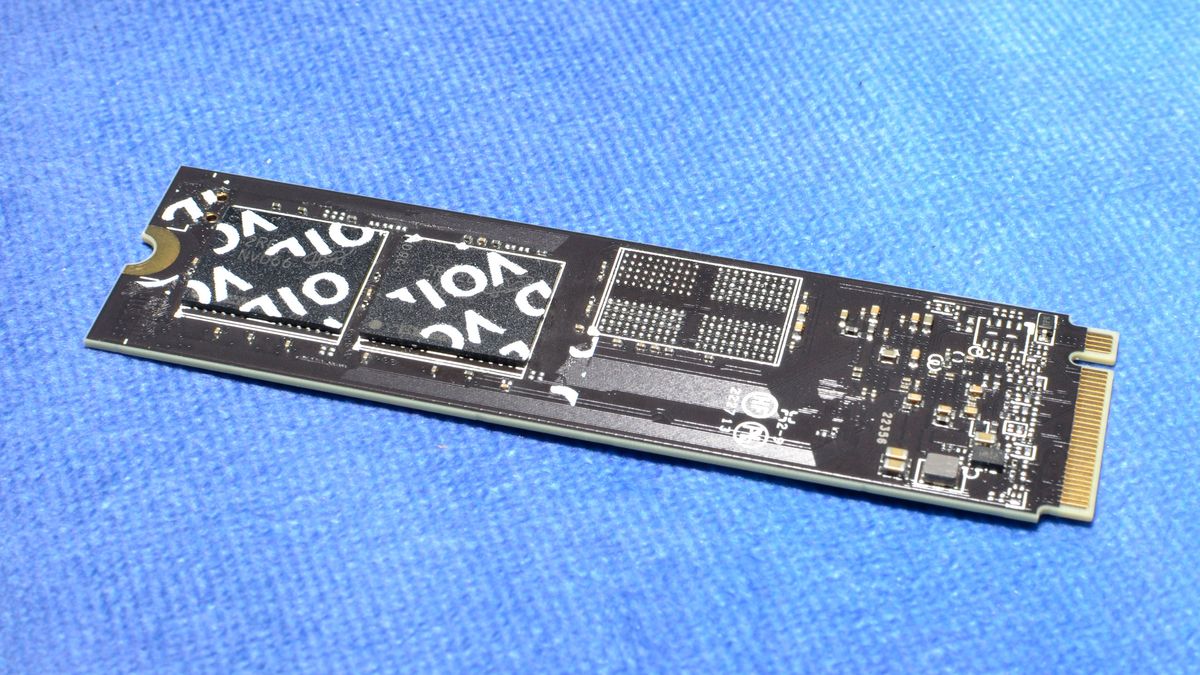TeamGroup announces new PCIe 5.0 SSDs, coolers, and DDR5 memory kits at Computex 2023.
TeamGroup Unveils 120mm AIO Liquid Cooler For PCIe 5.0 SSDs : Read more
TeamGroup Unveils 120mm AIO Liquid Cooler For PCIe 5.0 SSDs : Read more
I expect PCIe 5.0 is always going to have a significant power increase over PCIe 4.0.Give it a generation or two for PCIe controller designers to optimize the PHYs and the rest of the controller to also get power-optimized for that amount of bandwidth, then we'll be back to simple heat-spreaders being more than good enough again.
You're claiming they're unnecessary?These ridiculous cooling scams for gen 5 SSD's are just a gimmick for the gulible.

While they may never reach power-efficiency parity with 4.0 controllers, I'm sure they can close the gap quite a bit just like how 4.0 closed most of the gap with 3.0 after 3-4 generations mainly because manufacturers quit releasing new, more power-efficient 3.0 controllers.I expect PCIe 5.0 is always going to have a significant power increase over PCIe 4.0.
Isn't there a fundamental increase in power needed to drive the interconnect at such high frequencies? Newer process nodes aren't going to fix that, not least because I think I/Os tend not scale down well.While they may never reach power-efficiency parity with 4.0 controllers, I'm sure they can close the gap quite a bit just like how 4.0 closed most of the gap with 3.0 after 3-4 generations mainly because manufacturers quit releasing new, more power-efficient 3.0 controllers.
The analog parts don't scale well - junctions able to pass 5-20mA can only ever be so small, much the same for anything with critical accuracy in the differential receiver and transmitter circuit.Isn't there a fundamental increase in power needed to drive the interconnect at such high frequencies? Newer process nodes aren't going to fix that, not least because I think I/Os tend not scale down well.

